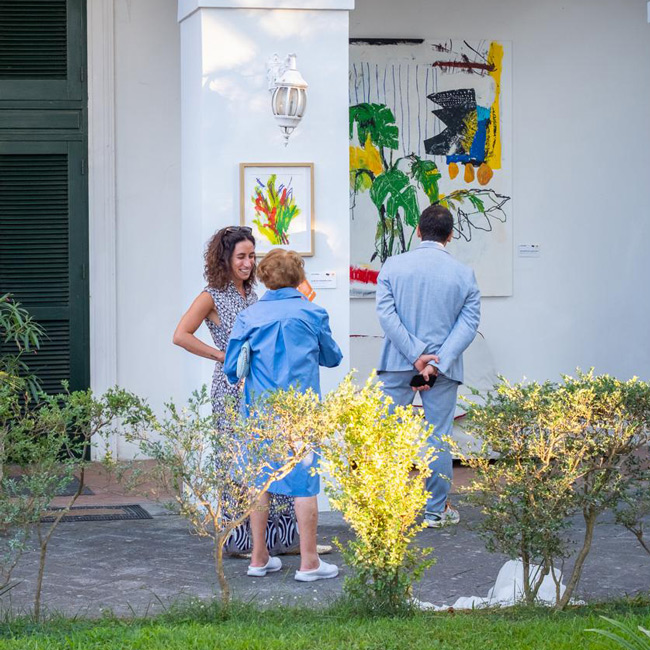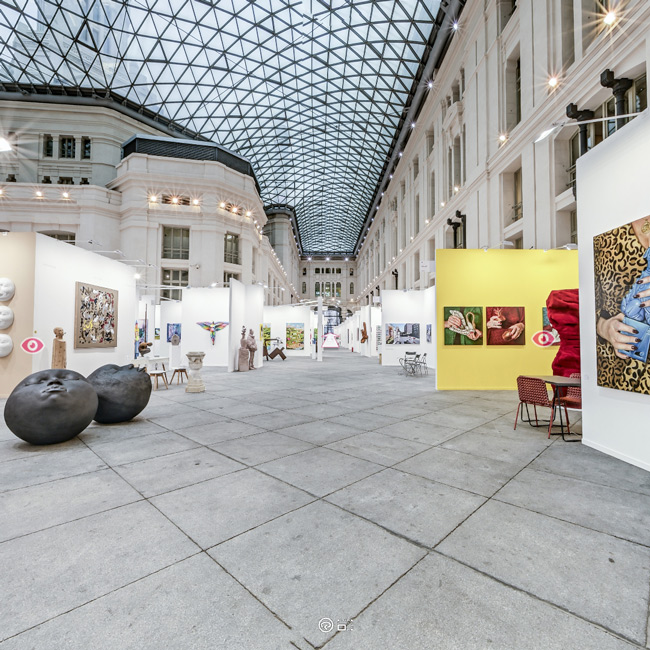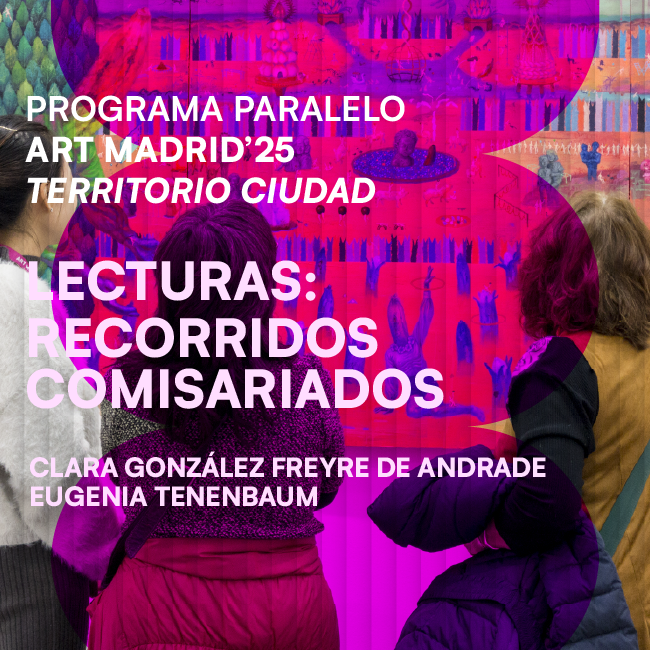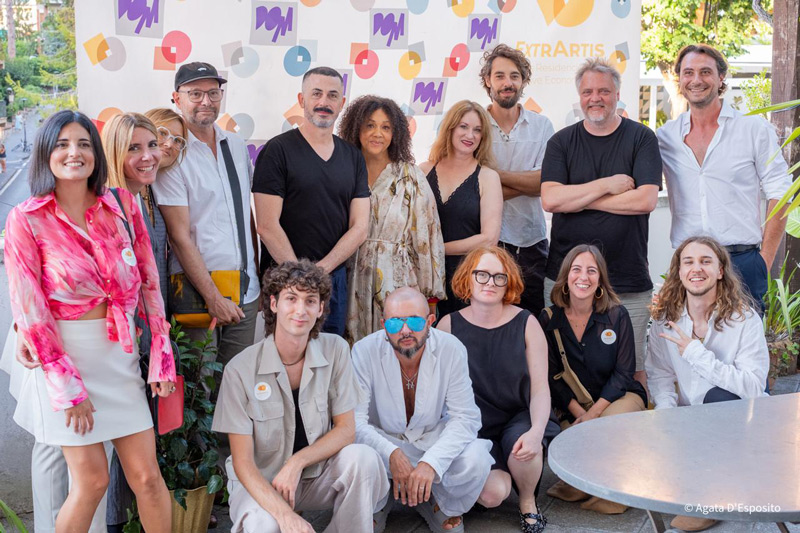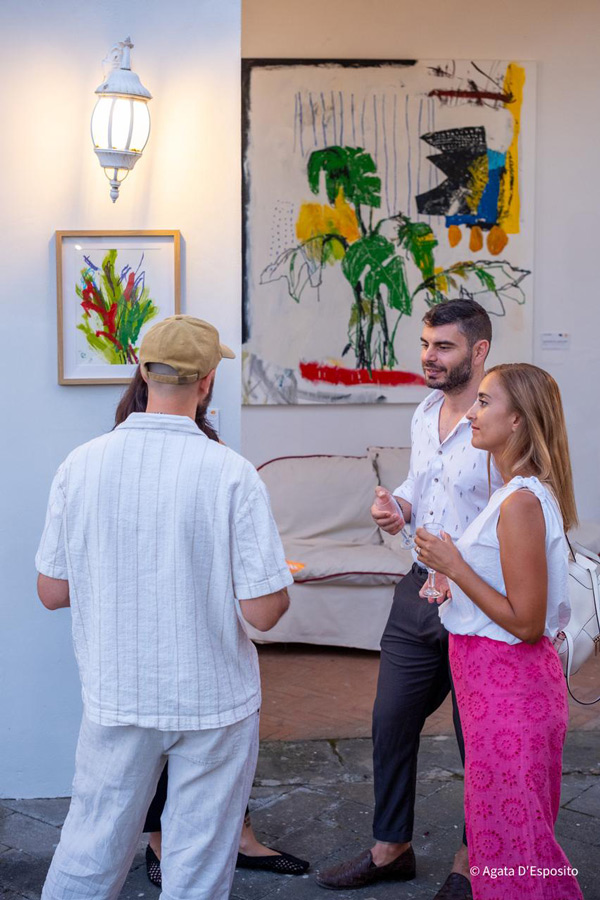ART MADRID CLOSES ITS RENEWED 14TH EDITION WITH A VERY POSITIVE REPORT
Mar 7, 2019
art madrid
One more year, Art Madrid reinforces its position as one of the most outstanding contemporary art fairs in the Art Week, closing its fourteenth edition with a very positive results: more than 20,000 people visited the fair and the vast majority of the participating gallery directors claim that they are very satisfied with the sales balance made during the five days celebration.
This edition, the fair has once again surpassed the numbers of visitors being, in the general public’s opinion, one of the most welcoming, close and pleasant fairs in its route. Furthermore, this edition has achieved excellent impressions on behalf of the professional sector, outlining this year for having a greater role in national and international media. Secondly, the Activities Program also stood out for receiving great acceptance from the general audience and an excellent review from the professional sector. This year the program was dedicated to video art, it was curated by Mario Gutiérrez Cru, director of the Proyector Video Art Festival and held at CaixaForum Madrid and Sala Alcalá 31.
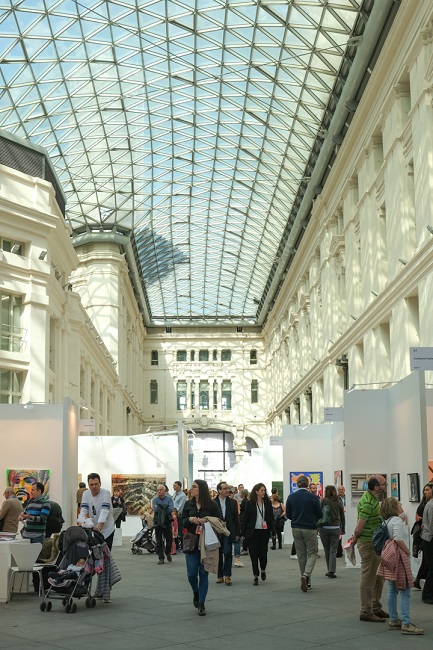
In general, the media has highlighted the new and more qualitative selection criteria of both the Committee and gallerists, presenting strictly contemporary selections and leaving behind the so-called "secondary market". Furthermore, in this edition, all current artistic disciplines have been accommodated, from painting, sculpture, photography, video art to the more hybrid disciplines also including living arts such as performance. The most outstanding reviews have been associated, on the one hand, with the new One Project program, curated by Nerea Ubieto; and on the other hand, with the “Copying Claudia” performance by the artist Pachi Santiago (Zielinsky Gallery). Undoubtedly, critics have also especially celebrated the new media installation within the series “Repúblicas Mínimas” by the Guest Artist, Rubén Martín de Lucas.
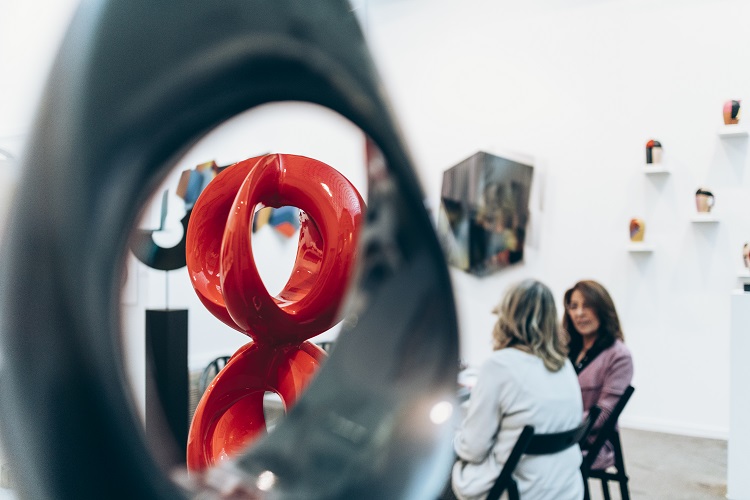
As the critic and curator Alfonso de la Torre, member of the Art Madrid Committee, explains, the fair "has come of age", highlighting "the quality of the galleries selection" that this year have been exhibited "with greater clarification of the space, which has allowed a better reading and appreciation of the works".
The fair has generated a high volume of sales and the vast majority of gallerists are very satisfied with the sales balance made. In general, the increase in the presence of private and institutional collectors is worth pointing out, from local and regional entities to international entities. Professionals from the Public sector visits also stand out; in charge of cultural institutions, museums or art centres such as the Ministry of Culture, MUSAC, IVAM, MARCO, ARTIUM, CA2M, CEART or the Picasso Museum; specialists and academics from national universities such as the Universidad Complutense de Madrid, the Universidad Autónoma de Madrid or the Universidad de Nebrija; as well as representatives of private collections such as Iberdrola, Repsol, Iberia, Mercedes-Benz and Inelcom have toured the art show.
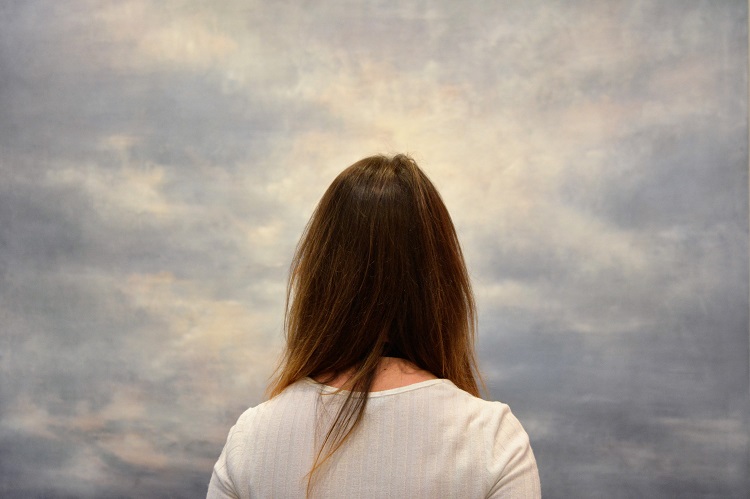
National exhibitors such as Víctor Lope Arte Contemporáneo (Barcelona), Bea Villamarín (Gijón), Moret Art (A Coruña), Marita Segovia (Madrid), Miquel Alzueta (Barcelona), Aurora Vigil-Escalera (Gijón), Zielinsky (Barcelona), Hispánica Contemporánea (Madrid-Mexico City), 3 Punts (Barcelona), BAT Alberto Cornejo (Madrid), DDR Art Gallery (Madrid) or About Art (Lugo), togheter with foreign exhibitors such as Paulo Nunes-Arte Contemporânea (Vila Franca de Xira, Portugal), Schmalfuss (Berlin) or Yiri Arts (Taipei, Taiwan), made a positive balance.
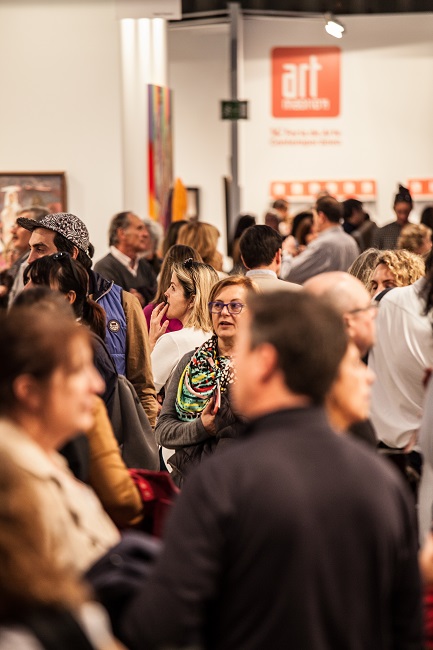
On the one hand, one of the gallerists especially satisfied was Víctor Lope (Barcelona), whose selection integrated by the works of Patrik Grijalvo, Kepa Garraza, Jacinto Moros and Dirk Salz, together with the solo show of Alejandra Atarés in the One Project program, have been acquired both by private collectors and by collectors of large foundations. In addition, the gallery owner Víctor Lope is grateful to have been highlighted and awarded as one of the two best booths of this edition. On the other hand, the Taiwanese Yiri Arts gallery, directed by Orton Huang, has been participating in Art Madrid for years. The director comments that "our artists are already and much better known by the wider audience; this edition we decided to create a more intense dialogue between the Taiwanese and the Spanish artists, including multiple connections between them: two women (Chen Yun and Mònica Subidé) and two men (Guim Tió and Lai Wei-Yu)". Also, the gallerist commented, “Guim Tió’s works were the most sellers”, as well as the gallery team expressed their delight at the new edition of Art Madrid.
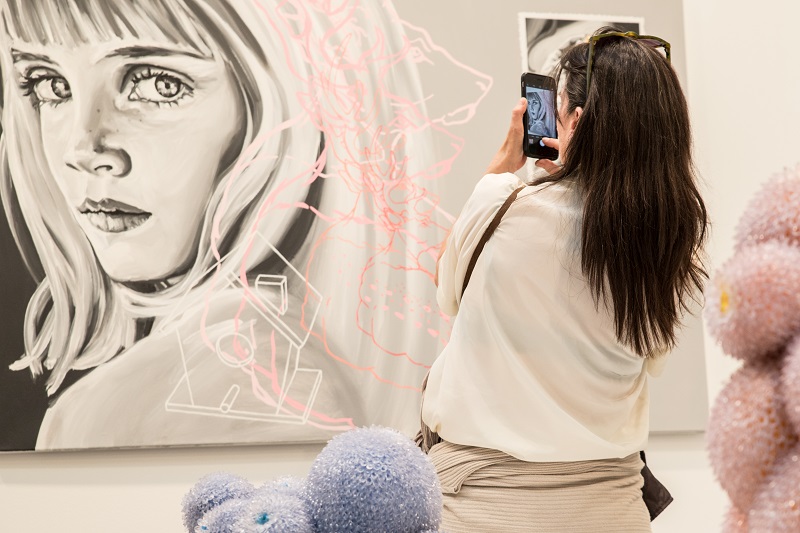
David Delgado Ruiz, director of the online gallery DDR Art Gallery, one of the first-time participating galleries within the One Project program, recognizes that, although there are some deals to be completed in the coming days, the balance is good and he noted that the work by Virginia Rivas was very well received: "the reception has been excellent, as much on the part of the specialized critic and the collectors, as on the part of the general public".
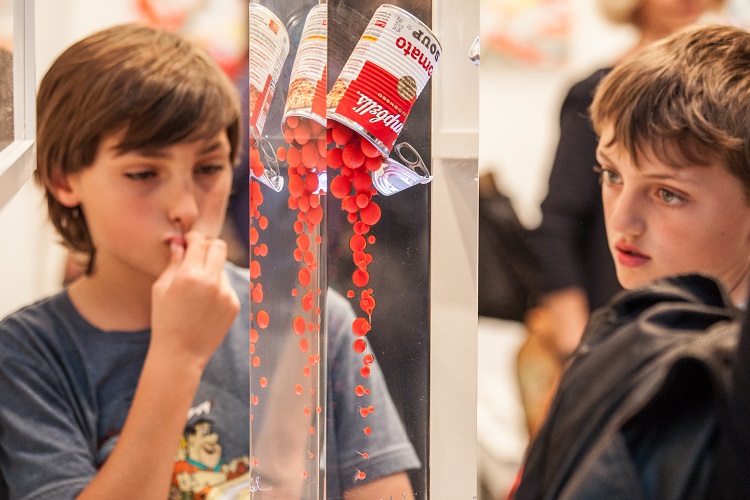
Art Madrid, in addition to showing a unique showcase of contemporary creation and promoting the contemporary art collecting, is a space in which artists, gallerists, curators, critics and other cultural agents create new relationships, propose future collaborations or commission upcoming works. And, although the show has concluded, the work of Art Madrid team continues the rest of the year in its digital version, through communication and the online art shopping platform: Art Madrid Market.
Thank you very much for being part of one of the most successful editions of Art Madrid!

